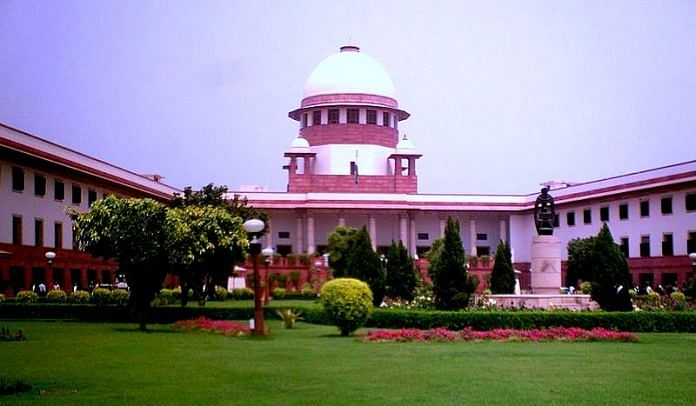In this excerpt from the book ‘Seven Decades of Independent India by Vinod Rai, Dr Amitendu Palit’ Professor Sumit Ganguly writes democratic institutions are deteriorating in India:
India now faces an interesting paradox. A host of countries in the global South are poorly institutionalized. A great deal of decision making is simply based upon the personal vagaries and proclivities of leaders. Such a problem does not plague India. It has an extraordinary range of institutions that run the gamut from a working Parliament to a mostly independent judiciary. However, over the past several decades all of them have witnessed varying levels of decay. Their internal norms have frayed, their efficacy is at question and their autonomy increasingly at risk. Unless this process of deterioration is arrested, it is far from clear how the existing institutions can address the plethora of problems that currently besiege the country.
Just one or two examples should help illuminate the problem. There is little or no question that the higher echelons of the Indian judiciary have contributed to important developments in modern jurisprudence. For example, through the creation of the system of Public Interest Litigation (PIL) it has extended the reach of the law to many who had hitherto lacked the resources to approach the bench. However, there are widespread concerns about delays in disposing cases by the judiciary, particularly at the lower level. The large number of pending cases delays delivery of justice and adds to the woes of the aggrieved by imposing financial stress. Judicial delays also affect commercial transactions and investment decisions with investors apprehending possibilities of protracted litigations in case of disputes.
Another related area also demonstrates the limits of India’s existing institutions. This is the realm of policing. Admittedly, in the country’s federal system, the efficacy of the police does vary considerably across the country. That said, some aggregate statistics underscore the dimensions of a nationwide problem of underpolicing. According to a Human Rights Watch report of 2009, India had one civil policeman for 1037 residents against an Asia-wide average of one per 558 residents and a global average of one per 333. Another recent article revealed that in India’s most populous state, Uttar Pradesh, as many as 50 per cent of police posts remained vacant. The same story indicated that on a nationwide basis as many as 24 per cent of police posts remained vacant.
These statistics, of course, only underscore one facet of the myriad problems of policing in India. Beyond this issue of under-policing, the police in the vast majority of states are under-resourced, overworked and frequently venal. Worse still, a disproportionate number of them are assigned to the task of protecting India’s administrative and especially political elites. Though there have been no end of calls for police reform and various commissions have been formed to that end, they have had little or no effect on the actual conduct of policing in the country.
‘Seven Decades of Independent India by Vinod Rai, Dr Amitendu Palit’ has been published by Penguin Random House India. Excerpted with permission from the publisher.



